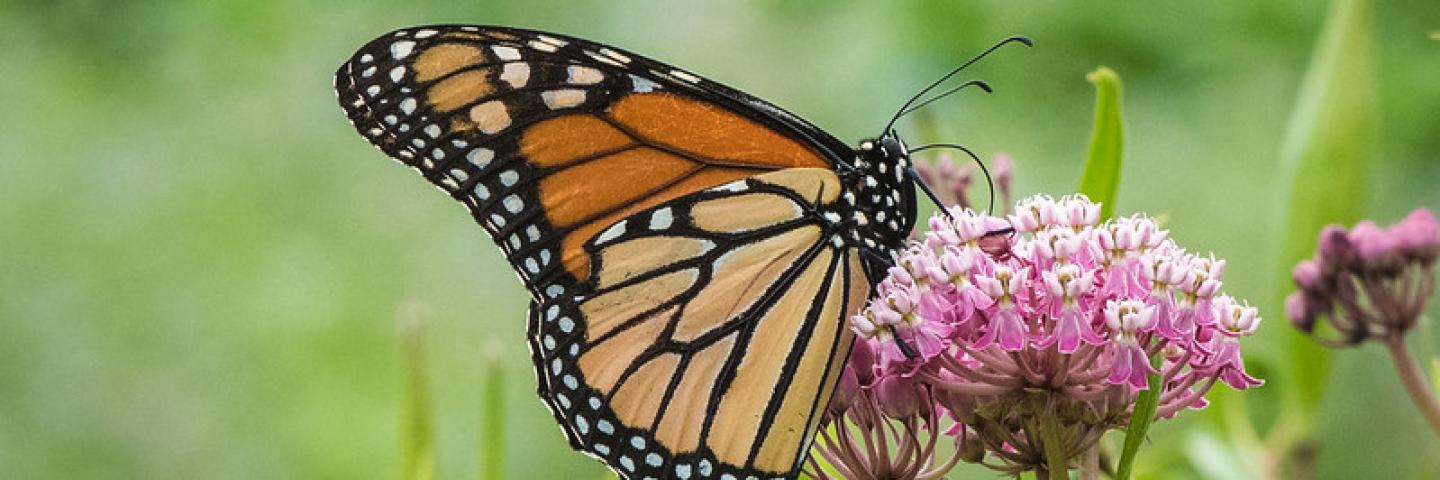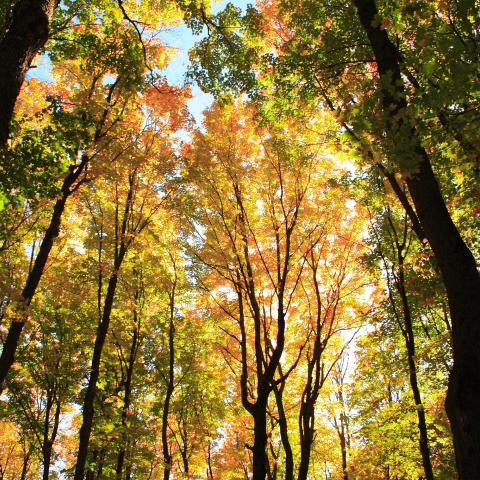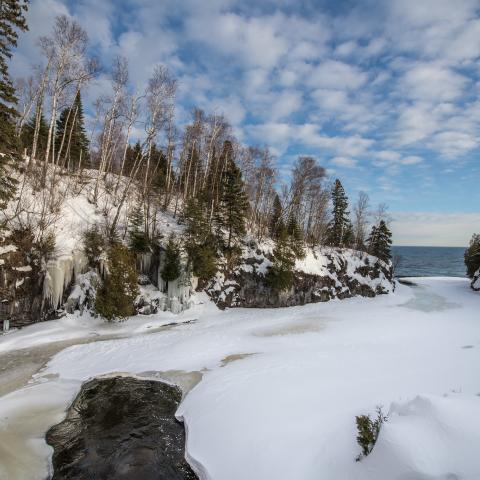Restoring Native Plant and Pollinator Habitats in Tennessee

In early spring of 2020, the Rogers family decided to change the use of their land in Morrison, Tennessee, to something less intensive and increase its recreational uses while maintaining some income from the land.
In early spring of 2020, the Rogers family decided to change the use of their land in Morrison, Tennessee, to something less intensive and increase its recreational uses while maintaining some income from the land.
Previously, the Rogers used 20 acres of cool season grasses for haying and grazing and rented out approximately 40 acres to a row crop operator. However, half of the 40-acre crop field was often wet, making it difficult to plant and harvest.
The Rogers contacted the McMinnville Natural Resources Conservation Service (NRCS) Field Office to discuss their land use history, their goals and objectives, and the financial assistance options to implement their goals. They expressed a great interest in native grasslands, native grasses for grazing, early successional wildlife habitat, bobwhite quail, and pollinators.
Quail Forever/NRCS partner biologists Josh Turner and Brittney Viers were contacted for more expertise. They visited the Rogers' property to assess the landscape, describe which plant and wildlife species occur in the Eastern Highland Rim, and discuss how to restore and manage native prairies, a type of grassland habitat which historically occurred throughout this ecoregion. Fortunately, with the assistance of the Reversing Declines of Grassland Biodiversity project, funded through the NRCS Regional Conservation Partnership Program (RCPP), they were able to meet their goals, greatly improve wildlife habitat, and provide native grasses for grazing.
The RCPP project is led by the American Bird Conservancy, Quail Forever, the Southeastern Grasslands Initiative, the Tennessee Wildlife Resources Agency, and six other conservation partners. Their goal with this RCPP project is to halt the drastic declines of grassland birds, such as Northern Bobwhites, Henslow’s Sparrows, and Eastern Meadowlarks.
This RCPP project includes conservation practices that benefit livestock producers wishing to incorporate native grasses into their operation, including funding for secondary practices, such as fencing, pipeline and waterers. Additionally, this Grasslands RCPP project includes practices that enable landowners to restore and/or re-establish prairies, meadows, field borders, riparian buffers, woodlands, and savannas.
Read more Success Stories
RCPP in Action
RCPP projects are making an impact across the country. Read about some of the program's successes below.
Learn MoreIn March of 2021, the Rogers planted 17 acres of a native wildflower and grass seed mix specifically designed for Monarch Butterflies. The mix included three different species of milkweeds (the host plants for monarch caterpillars) and 12 other wildflowers that provide ideal nectar sources during Monarch migration and for other native pollinators as well. They also planted 22 acres of a native grass and forb seed mix that included three grasses and four forbs.
By August 2021 there were numerous adult Monarchs present laying eggs on the milkweeds and drinking nectar from the late summer bloomers. The Rogers have also seen Bobwhite quail and Wild Turkey poults on the conserved land. The native grass and forb field was also successful and will be ready for grazing by next summer.
The Rogers love to watch the Monarchs, bees, and other wildlife taking advantage of the new prairie haven they have restored, all thanks to the Grasslands Regional Conservation Partnership Program project.



